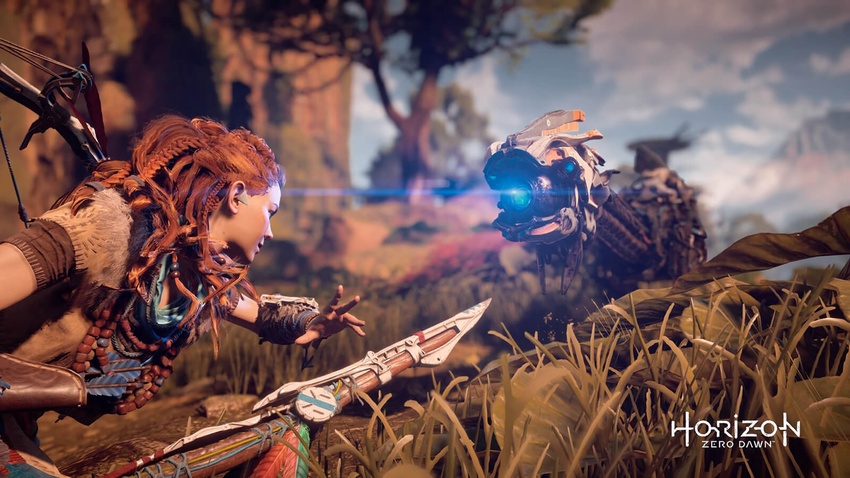
BEHIND THE ANIMATIONS OF HORIZON ZERO DAWN, WITH NIEK NEERVENS
by Anna Cicone (Interviewer)
Niek Nerveens is a Senior Animator at Guerrilla Games responsible for some of the stunning animations of lead heroin Aloy. We were thrilled to chat with Niek about his technique and process of working on the game, and we even picked up a few tips for your own animations. Check it out here
Hey Niek! Thanks for taking the time to interview with us. To start off, what was the first professional project you worked on, and how did you land it?
My first project was for a VFX studio in Amsterdam right after graduation. I was asked to do some character animation for the intro of a Dutch television show. I had a really good time working there and I learned how to deal with deadlines and how to handle tricky clients :)
And how did you find your way into Guerrilla Games? Can you give us an idea of what the interview process was like?
I went to an animation school (Animation Mentor) where I met a Dutch student who was already working at Guerilla Games, and after we graduated I stayed in touch with him. During my first job, I occasionally asked him if there was a job opening for me at Guerrilla. I must have asked him every couple of months for about a year. One day he finally told me they were looking for an animator! And he asked me if I would like to come down to the studio for an interview. I still remember the rush of adrenaline reading that email. Of course, I said yes! After a tour around the studio where I met the other animators I was interviewed by the lead animator and another senior animator. The job would entail helping finish Killzone Shadow Fall, and also to help a small team on their new IP (Horizon Zero Dawn). So after the interview I endured a nervous week of waiting I was offered the position. And now 4 and a half years later I'm still really enjoying myself at Guerrilla.
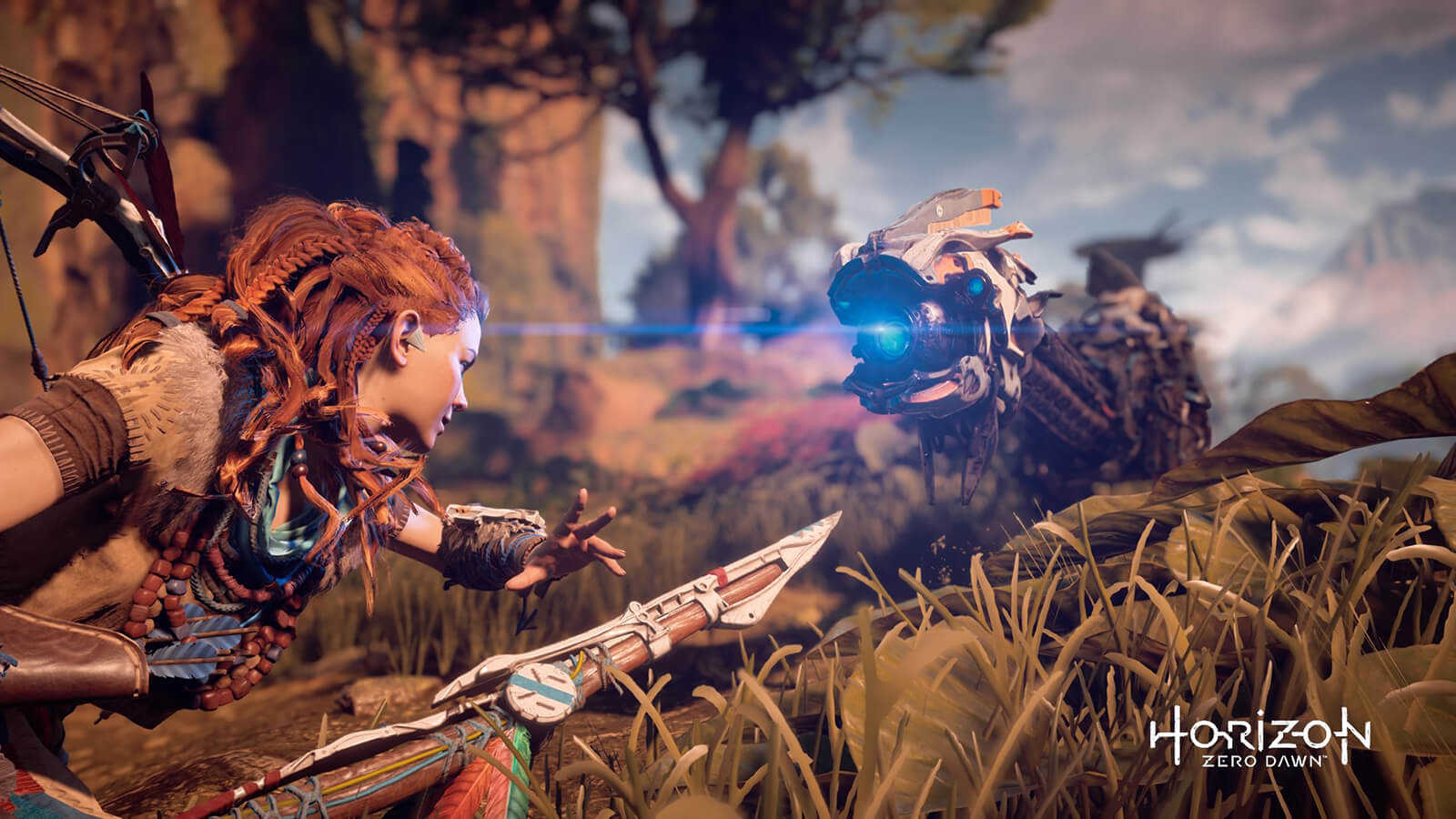
That's so fascinating! Especially hearing that a game as big as Horizon Zero Dawn was started by a "small team." Which assets were you responsible for animating, and what softwares were you using primarily?
I was part of the team that was responsible for Aloy, mainly her in-game movement and combat. Within the team, I mostly worked on the melee combat and contextual kills, I also worked on Aloys parkour system (climbing, jumping, rappelling, ziplining and the parkour-like jumps between balance beams.)
To animate, I use autodesk Maya. Within the studio we mainly use Maya or Motionbuilder to animate with. I mainly use Maya because I’m comfortable with the software and our tech team has made some helpful tools that really make our life a lot easier. I do use Motionbuilder to do a cleanup and timing pass on raw mocap, but I usually polish it in Maya.
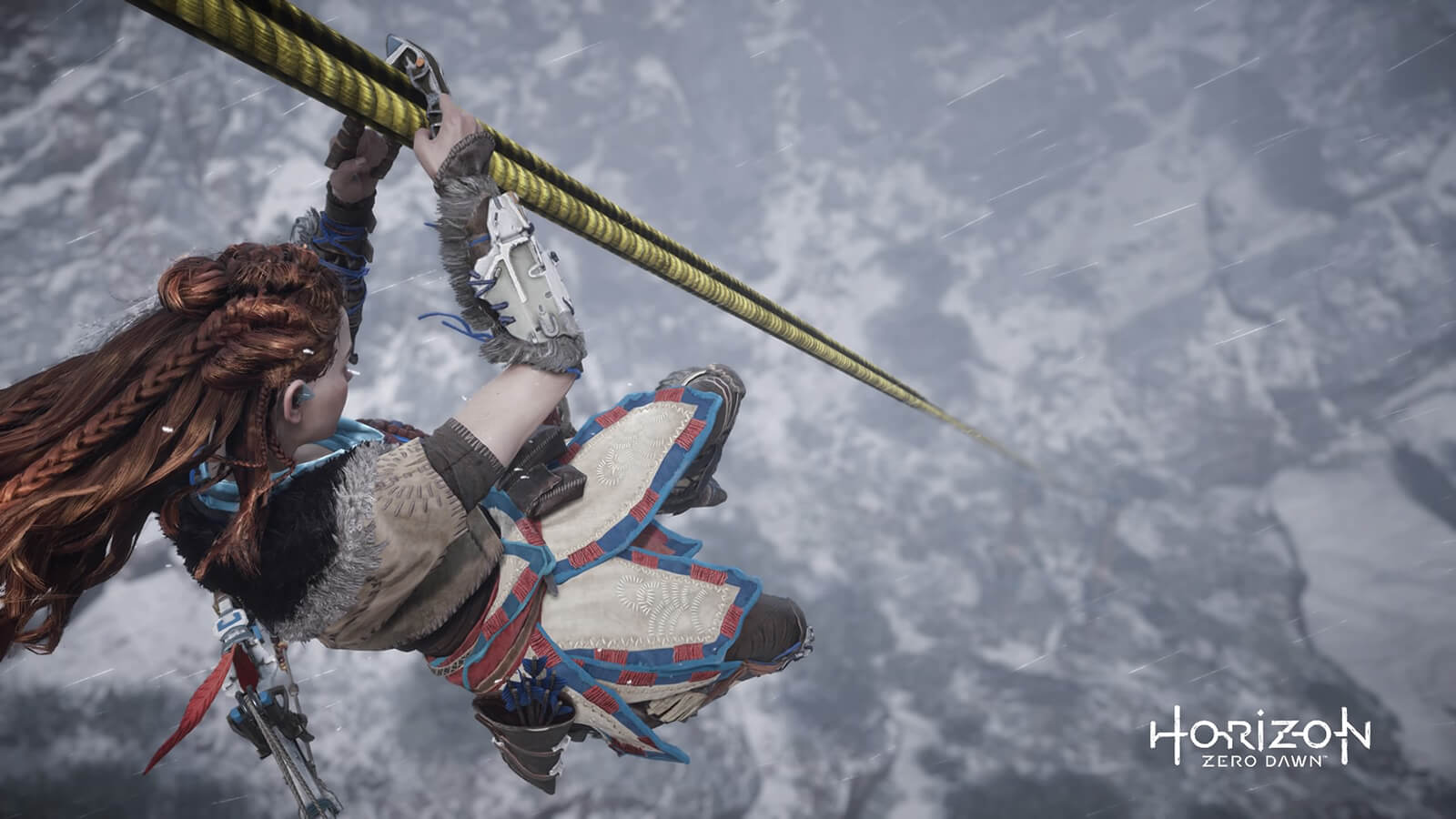
And what type of direction did you receive in regards to how Aloy should move?
Some of the directions we had to keep in mind was that Aloy is an experienced hunter who has trained her whole life, day in day out. Her movements are efficient and she shouldn't waste energy by doing over the top acrobatics like flips and cartwheels when she is traversing. She has to react quick and agile to user input, but she still has to move realistically within the world.
Which of Aloy's movements presented the greatest obstacle to animate, and what was your workaround? What type of help did you receive from team members?
The biggest obstacle was not really the animation itself, but finding an animation style for Aloy that would fit with who she is as a person. One of our goals was to make her feel like a real human who has to work to survive and not this action hero who executes every move perfectly every time without any effort.
So the way I would try to solve this problem was to make her more vulnerable in certain situations. In some of the more extreme jump animations I would let a hand or a foot slip when she lands to show that she can make mistakes and there seem to be risk involved in her actions.
Another way I did this was when she executes a certain stealth kill, she has visible pain in her wrist after the stab.
Also during another stealth kill with a Scrapper I wanted it to feel like there is a bit of a struggle before she actually kills the robot. I think it's important to have characters experience failure, pain and have things not always go the way they planned it, this way it’s easier for the player to relate with the main character.
I always try to ask for feedback from my colleagues. We have some really talented people and I think asking for feedback is really important when you want to get the best out of your work and want to improve. You can be working on your animation for days and because you're so tied up in it, you can get lost in the movement and you don't see obvious issues or things you haven't even thought about in the first place. But when someone points it out you’re like: “oh yeah of course, why didn’t I see that…”.
Even running your initial ideas by someone else can give you a fresh perspective and have you look at the problem from another angle and will really improve your animation in the end.
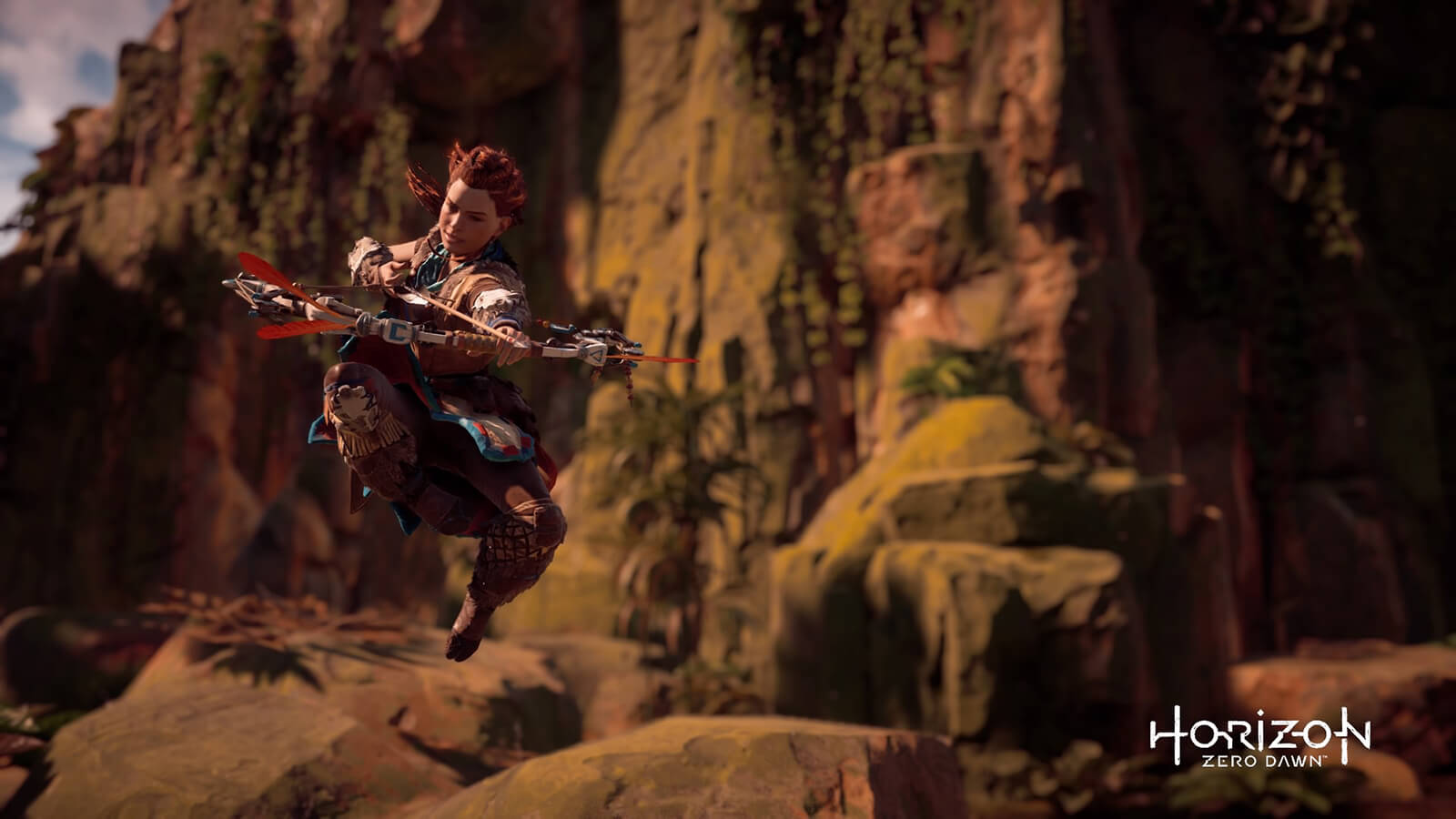
Those subtle nuances can certainly be taken for granted as the game-player - it's amazing to hear the thought that went into pushing her realism and relatability, and your team did it so well! Part of the selling point of Horizon Zero Dawn's realism is certainly this convincing animation style. Can you call out 3 bullet points for some tips or methods to keep in mind in order to create realistic animations?
• Find lots of good reference, whether this is motion capture or a videoclip you found on YouTube. If you try to animate just from the top of your head you will miss some important little details, for example: which foot carries the weight at a certain moment or which body part leads the action. You don't have to follow your reference frame by frame but if you forget those important details, your animation will always have the feeling like something is off.
• Stylize your realism. Even though you want to achieve realistic motion you have to keep in mind that it’s still a video game and it has to be responsive and readable from every angle. And if you only copy the realistic reference verbatim it will often be too slow and will lack clear posing. You need to be picky what you use from the reference and only use the essence of the movement you're trying to portrait. This way you will end up with a heightened/caricaturized sense of realism where your animations contain the necessary parts to make it feel fast,real and easy to read.
• Also, keep in mind what is realistic in terms of your characters personality. For instance, Aloy has a certain style to her movement because it fits who she is as a character. If we would have made her move around like an acrobat doing these backflips and cartwheels, the style still wouldn't fit Aloys character, even though we could have animated it really realistically. She is still agile but in an energy efficient kind of way. For her all these jumps and parkour moves are not for showing off, but to survive. So wasting her energy by adding double backflips to everything would not be “realistic” for her character.
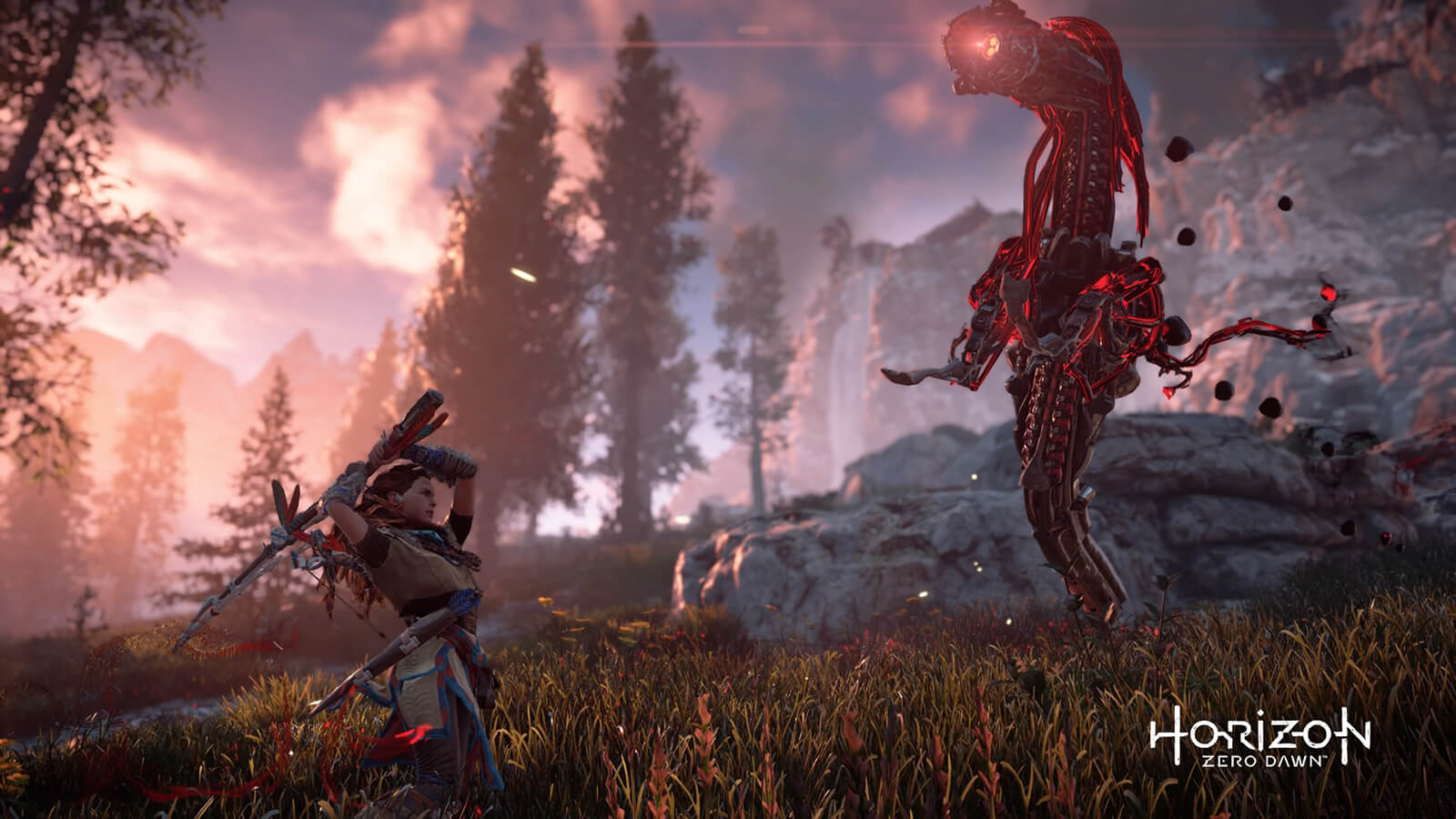
What is something that you changed about your technique during your time animating on the game? Any new habits you picked up?
Before Horizon, I tried to animate according to a certain type of workflow and I rigidly applied this to every animation I did.
But because Aloy is so versatile in terms of her movement, it would be really time consuming to stick with one type of workflow. For example one moment she is hanging from a cliff and the next she's taking down an enemy robot with a spear. For me both actions require a different approach: the first would benefit from a more layered technique and the latter a pose to pose style of animation would be easier.
Nowadays I also try to get my animations into the game as quickly as possible, sometimes with as little as four poses, just to get a sense of the timing and displacement in the game. You can't just rely on how your animation looks and feels in Maya. The game often requires a different timing and/spacing to make it work the way you intend.
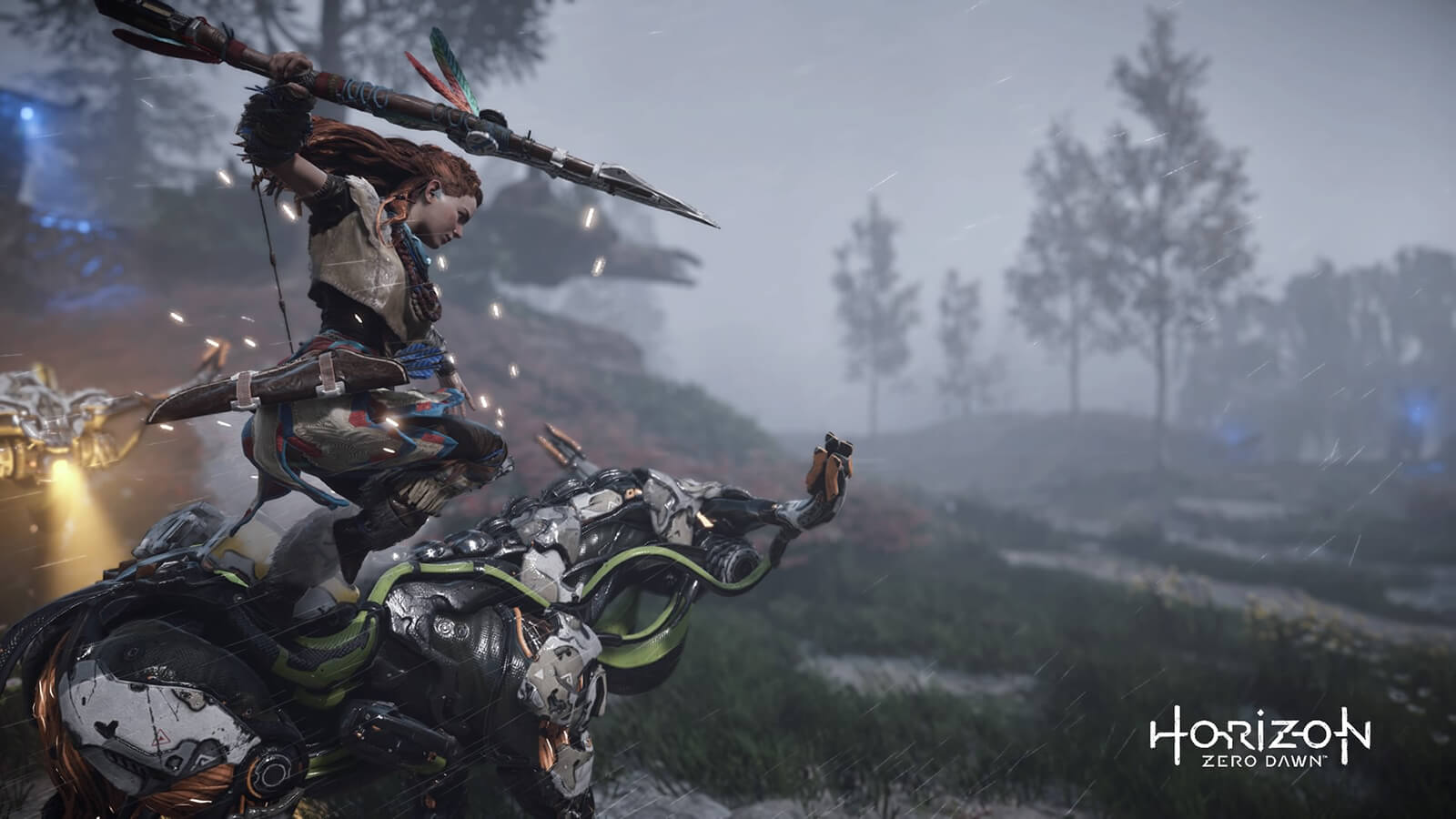
How much interaction/collaboration did you have with other departments, and which ones in particular? Was the pipeline for creation pretty linear, or were there a lot of back and forth iterations going on amidst the teams?
Because we were starting on a new IP all the traversal and combat systems had to be build from scratch. So we had a non linear workflow by going back and forth with game design and game code.
First pass: After we got briefed by design on the new game feature, we had to make quick and rough animations so game code could start working on a prototype in game.
Second pass: After the first pass we had something in game that we would show game design. Based on their feedback we got a more complete overview of the feature and all the animations we would need. During this pass we kept all the animations in an unpolished state, but style and timing wise the animations would already be pretty defined. After we got all the animations in game, game code did a pass incorporating all the feedback and finessed the feature code wise.
Third pass: By this phase we would generally have the feature complete and in a pretty defined state. Now we could start with polishing our animations.
Sounds like it was quite the process! How long, overall, were you working on the game and what were the deadlines like throughout?
I worked on Horizon for four years I think. In the beginning while we were finishing Killzone Shadow Fall I was also helping the core team that was already working on Horizon for one or two days a week. After Killzone shipped I started working on Horizon full time. Throughout the project we always managed to meet our deadlines. I felt the workload was manageable, of course there were periods where we had to push a little harder and put in some extra hours to get everything done, but I think overall it was doable. Finishing the game really felt like a team effort.
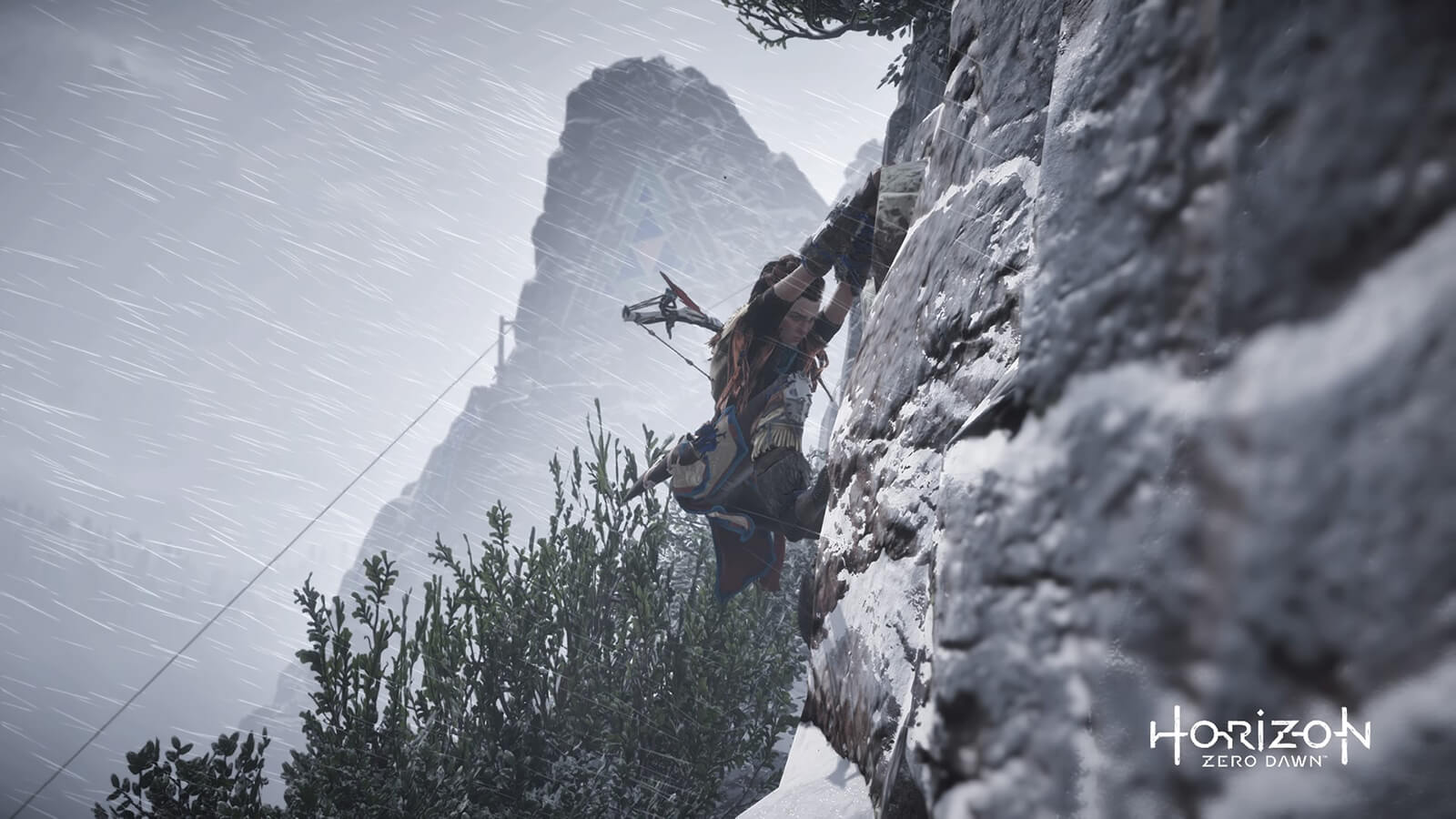
Talk to us about the importance of a solid rigging job when it comes to animating. How much does this matter in regards to the quality of your work?
Solid rigs are essential to a good workflow, it can be really frustrating and time consuming to animate with tool and rigs that are not up to par. Luckily we have really talented riggers and tech artists who did an amazing job. Even in full production they would quickly iterate on any feedback so we could be as productive as we could be.
Can you identify about the key technical differences between animating for cinematics and animating in-game? Do animators for games typically dabble in both when working on a project?
To me the main difference is that for in-game animations you really want to keep the player in mind. Whenever they move the thumbstick or press a button, your character should respond as quickly as possible. Whilst on cinematics your focus should be more aimed towards getting a believable performance that fits the character.
I cannot speak for other studios, but at Guerrilla the animation department did help the cinematic team near the final stages of the game. We helped with polishing mocap and putting in final touches on all the cutscenes and cinematics. We worked alongside an outsource company and additional freelance animators, who all did an amazing job!
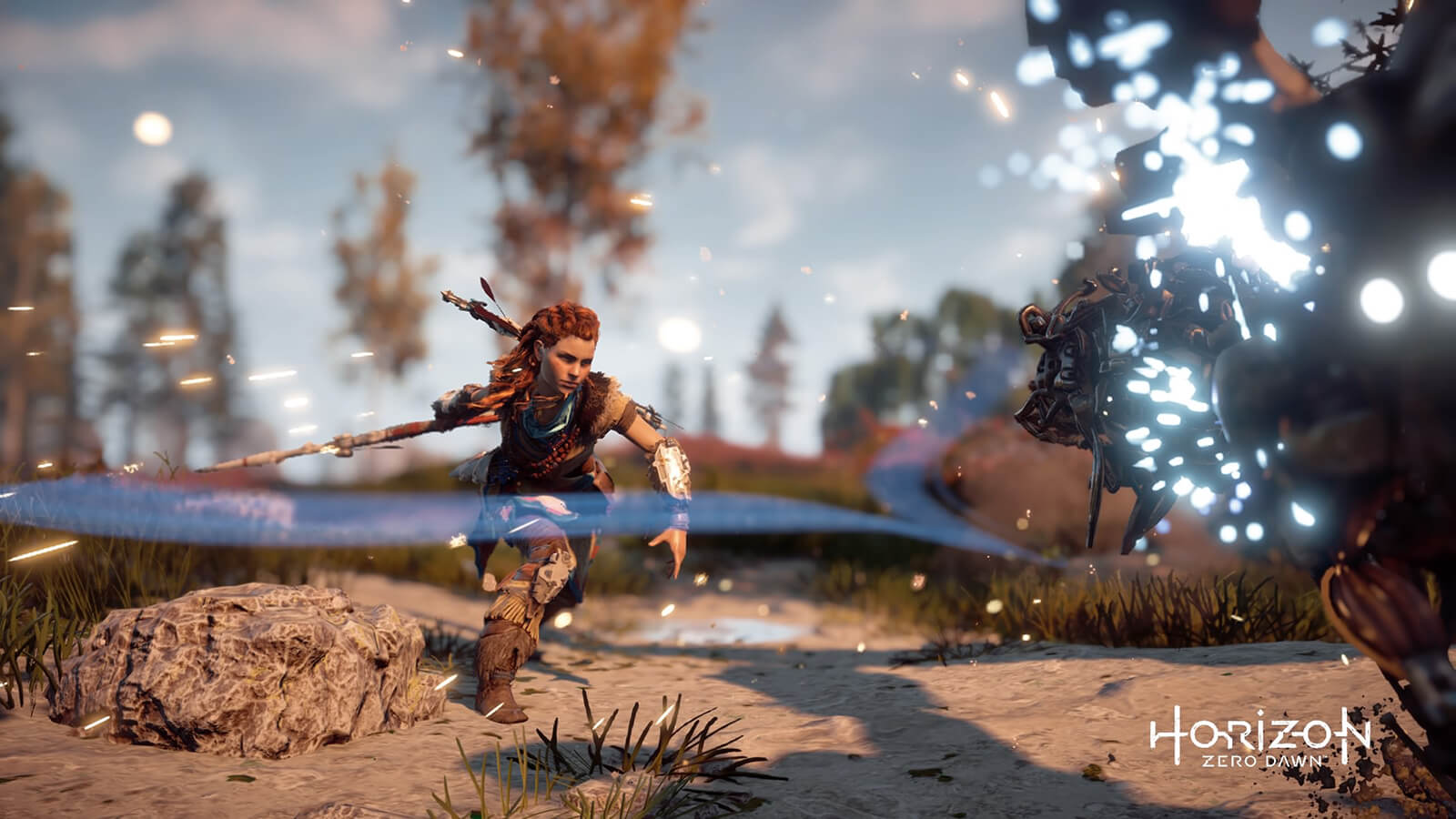
Have you played the game? If so, what is the experience like playing through your own animations?
I have played the game :) We were pretty busy during production so there weren’t a lot of chances to play and see what everyone had been working on. So playing the game after release was a great experience and opportunity to see how everything came together! I think we made something we can be really proud of!
Of course, I sometimes see flaws in my animations that I could improve or polish a little but more. To me this is not a bad thing, it shows you have grown and improved as an animator and you have more insight now then you had before. But in the end it certainly didn't subtract from the fun I had while playing!
Lastly, what helpful tips or resources can you call out for those in our audience who want to work in AAA games one day, specifically as animators?
Work hard :) In my opinion if you want to get a job as an animator, you should try to compare the quality of your work to that of people who are already working in the industry, this is the quality you should strive to attain of course this will require a some of dedication ;).
Luckily there are a lot of ways to help you grow as an animator, from schools to (free) tutorials or inspiring lectures/podcasts by awesome and talented people.
Try to stay inspired! Whether this is seeing an epic block buster vfx movie, studying some inspiring piece of animation frame by frame or seeing someone adjusting his posture to counterbalance his heavy bag when he’s running to catch his train. There are so many things that you can draw inspiration from, and the more you animate the more you will notice and appreciate all these things.
We want to thank Niek for providing us with these awesome responses. Go play the game if you haven't already! And be sure to check out Niek's vimeo page to stay updated on his process.
The article comes from cgsociety